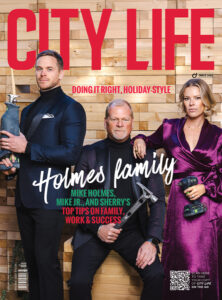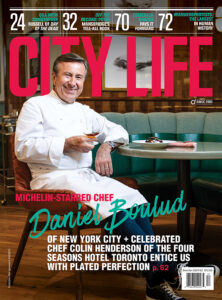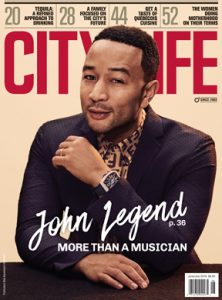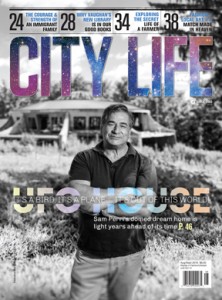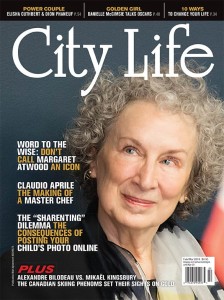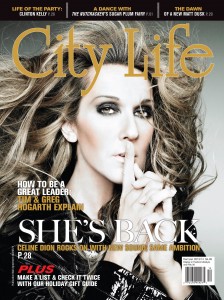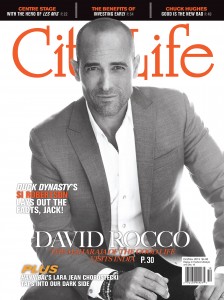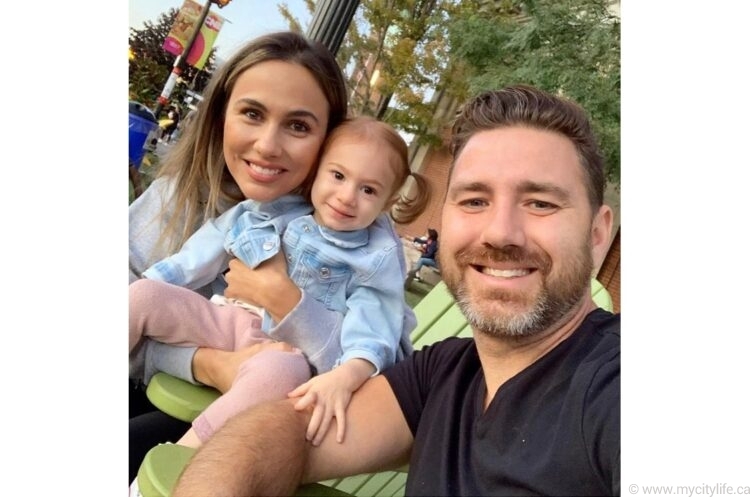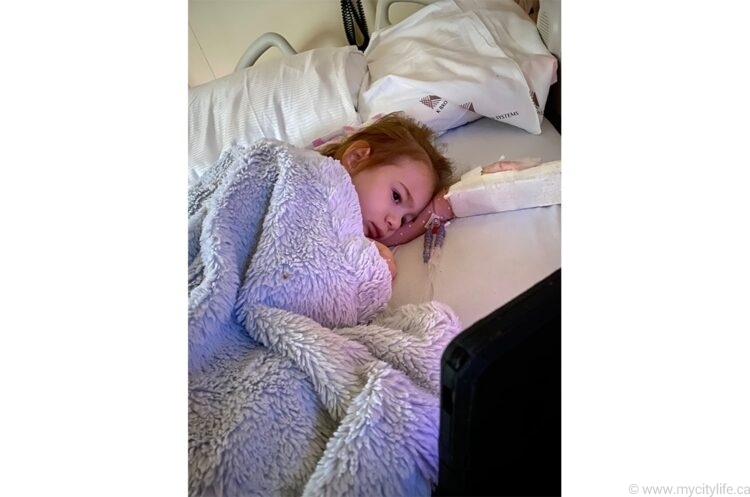Leia Fallico: How To Save A Life
Leia Fallico is an adorable three-year-old who has been diagnosed with a super-rare disease. Now, her family is urgently reaching out to friends, family and, in fact, the whole world — to help their child get the treatment that she needs. And you can help. It’s simple: Get a test kit from the Canadian Blood Services (it’s an easy swab test) and see if maybe you’re the match that Leia or anyone else is desperately waiting for. Maybe you’re a superhero and you just don’t know it yet.
Leia Fallico is like any other toddler — she loves life, she loves to socialize and she likes to swim and dance. “She is so spunky and so strong!” says Lidia Fallico, her aunt. “Yes, she has some walking issues, but you think of a disease like this, and you picture a sick little girl.” But Leia isn’t like that at all: She laughs, she plays jokes, and she’s learning sign language because she’s not super verbal.
Leia has been diagnosed with a super-rare genetic disease called dyskeratosis congenita, which is a form of bone-marrow failure and happens when the person’s bone marrow is unable to make enough blood cells for the body. Recently, Leia needed a blood transfusion and the medical team talked to her parents, Shonna and Marco Fallico, about a life-saving treatment, a bone marrow transplant. The team looked into the Canadian Blood Services’ bone marrow registry to find a match for the little girl. Unfortunately, there is no match for Leia.
In fact, within one’s family, there is only about a 20 or 25 per cent chance of finding a match. So, for the other 75 per cent of people who don’t have a match within their own family, they’re reliant on an unrelated donor. The odds of Leia finding a match is even more difficult because she is of mixed ethnicity (Marco is of Italian descent, and Shonna is of Irish/Italian/Persian descent), and only 3.5 per cent of the registry is made up of people of mixed ethnicity. “So, the chances of you getting this procedure, if you’re of mixed ethnicity, is crazy low. And it’s unbelievable because it’s such an easy process,” says Lidia. “It’s crazy because we live in Canada, and who is not mixed right now?”
That’s where Canadian Blood Services can help. “The thing is, too, when we’re searching for Leia, we’re not just searching Canadian donors, we’re searching donors from all around the world,” says Dr. Heidi Elmoazzen, Director of Stem Cells at Canadian Blood Services in Ottawa. “So we search our own registry in Canada, which has about 430,000 donors, but we’re also searching the worldwide database — we’re part of a worldwide network called a World Marrow Donor Association (WMDA)” she adds.
“For the 75 per cent of people who don’t have a match for a bone marrow transplant within their own family, they’re reliant on an unrelated donor”
“I just think that often people don’t know about the whole process. They don’t know what is entailed,” says Dr. Elmoazzen. “We’re just trying to spread the word so people understand what’s involved when you sign up to become a stem-cell donor.” Some people think that if they are a match, then they must go under general anesthesia to have their cells collected, but that is only true for about 10 per cent of the people, she adds. For the other 90 per cent, it is collected from stem cells that are circulating in their blood. A medication pushes the stem cells out from your bone marrow into the bloodstream, she says, and then basically you sit on a machine, very similar to a blood donation machine, for about four to six hours. “It’s not a surgical procedure,” she says.
For Leia, the Fallicos and their families pulled together, and they have started a donation process. They went all in, using social media to set up a GoFundMe page and a Facebook page, and Instagramming Leia’s story to encourage people to become potential donors. They are so grateful that the GoFundMe page has achieved and surpassed their goal. The funds raised will be used directly to cover costs associated with Leia’s transplant surgery, therapy sessions, the cost to purchase swab kits from a private lab in the United States and additional costs for testing when a donor is matched. All excess funds will be donated to the Hospital for Sick Children, where Leia’s doctor, Dr. Yigal Dror, will use the donations to fund two key clinical-trial studies that will help treat and cure the condition.
“We don’t have a team behind us,” says Lidia. “So, we jumped to social media … we are so grateful that the GoFundMe page has reached our goal, and people are being so generous, and it is completely overwhelming.” But most of all, Lidia wants people to know that it is an awareness campaign, designed to make people aware of the fact that there’s such a low percentage of mixed ethnicities in the stem-cell registry and to get them to become potential donors.
And if anyone has ever doubted the power of social media to do good in the world, listen to this. A few of the women in the family are involved in the dancing community, so they were Instagramming the story, asking their connections to share. As it turns out, a friend, a backup dancer, Instagrammed Leia’s story, and one of her connections shared, and so on and so on and so on until Demi Lovato (yes, her, with more than 10 million followers) posted the story of the little girl, encouraging people to sign up to the registry to help find a match for Leia.
As for Dr. Elmoazzen, she gets a lot back from her work. “I love my job, and it’s very fulfilling to work in an area where you see there is a need,” she says. “We’re actually helping patients find a match … giving them a chance, a second chance, at life. So, it is quite rewarding.”
To register with Canadian Blood Services, visit blood.ca/stemcells.
www.fizlink.com/journeywithleia
www.blood.ca
www.swabtheworld.com/en/become-a-donor
www.wmda.info
@journeywithleia
INTERVIEW BY ESTELLE ZENTIL




